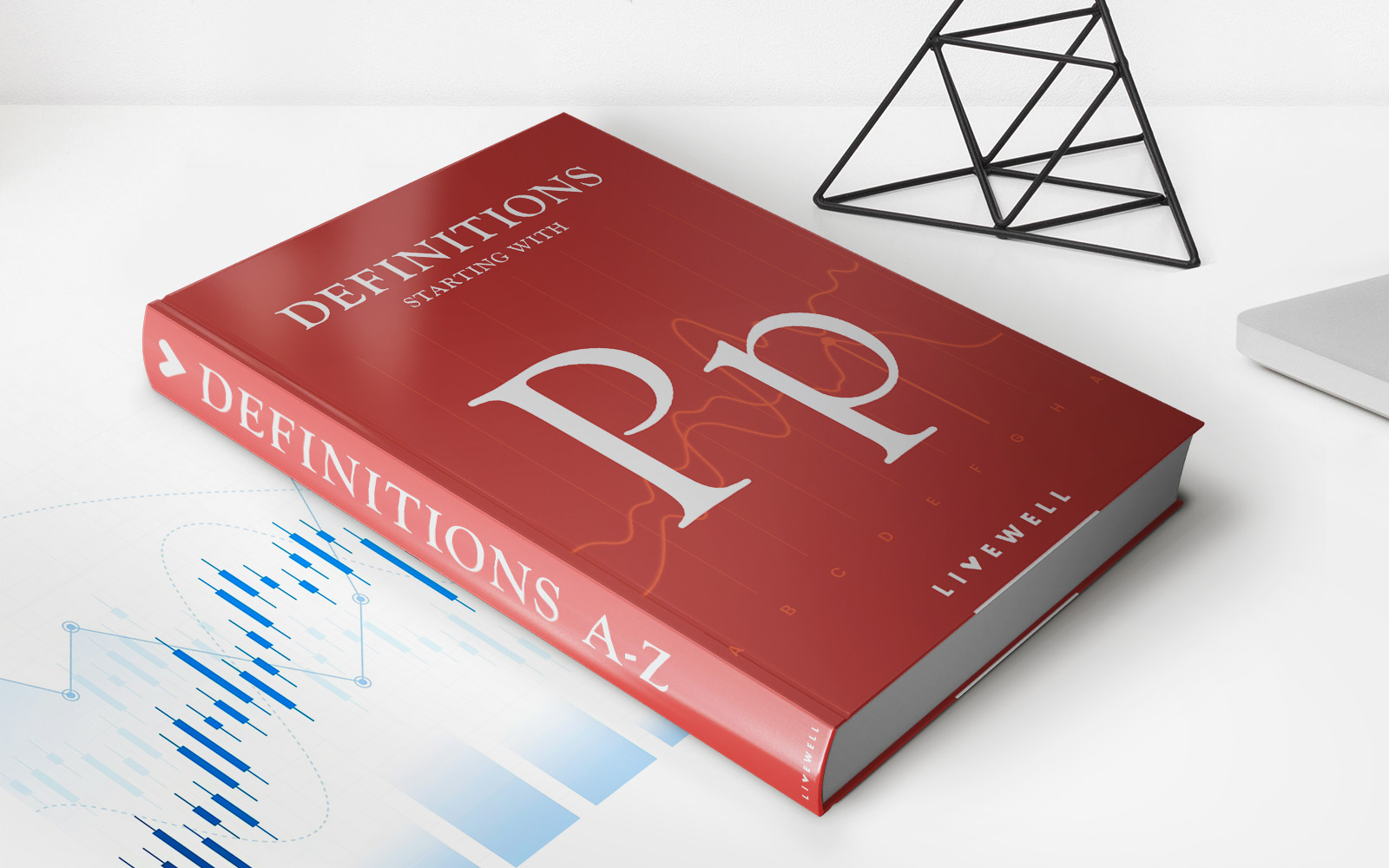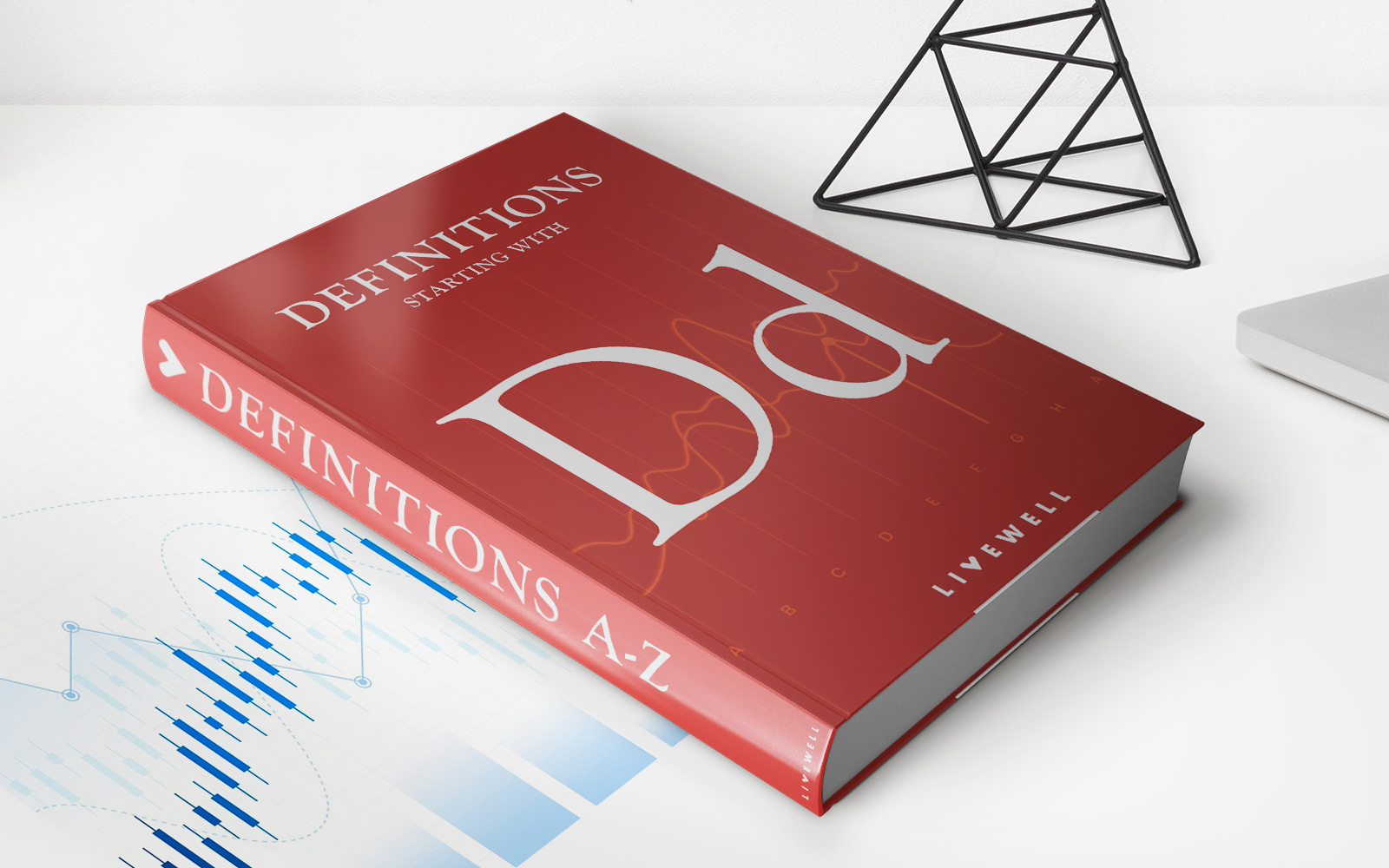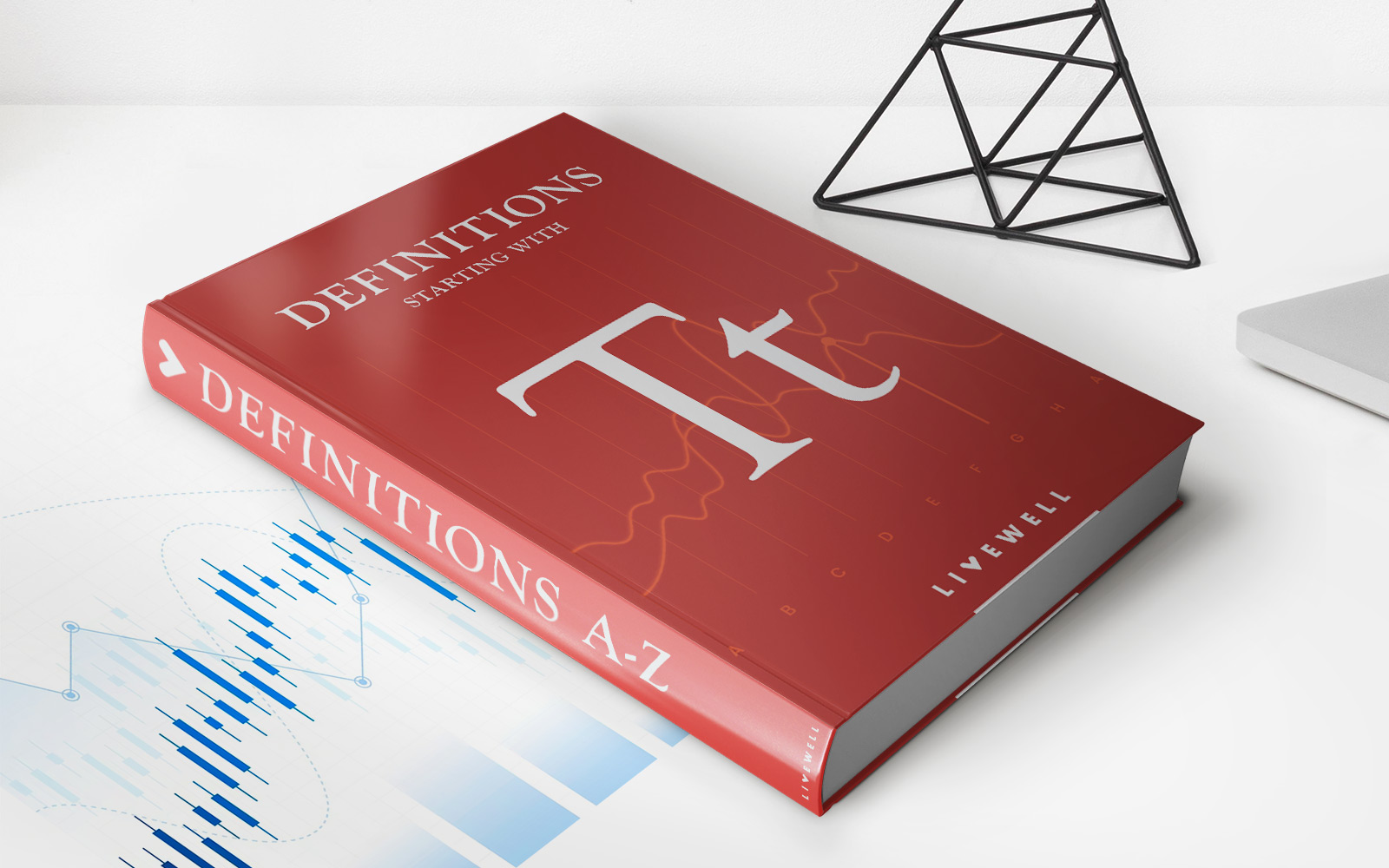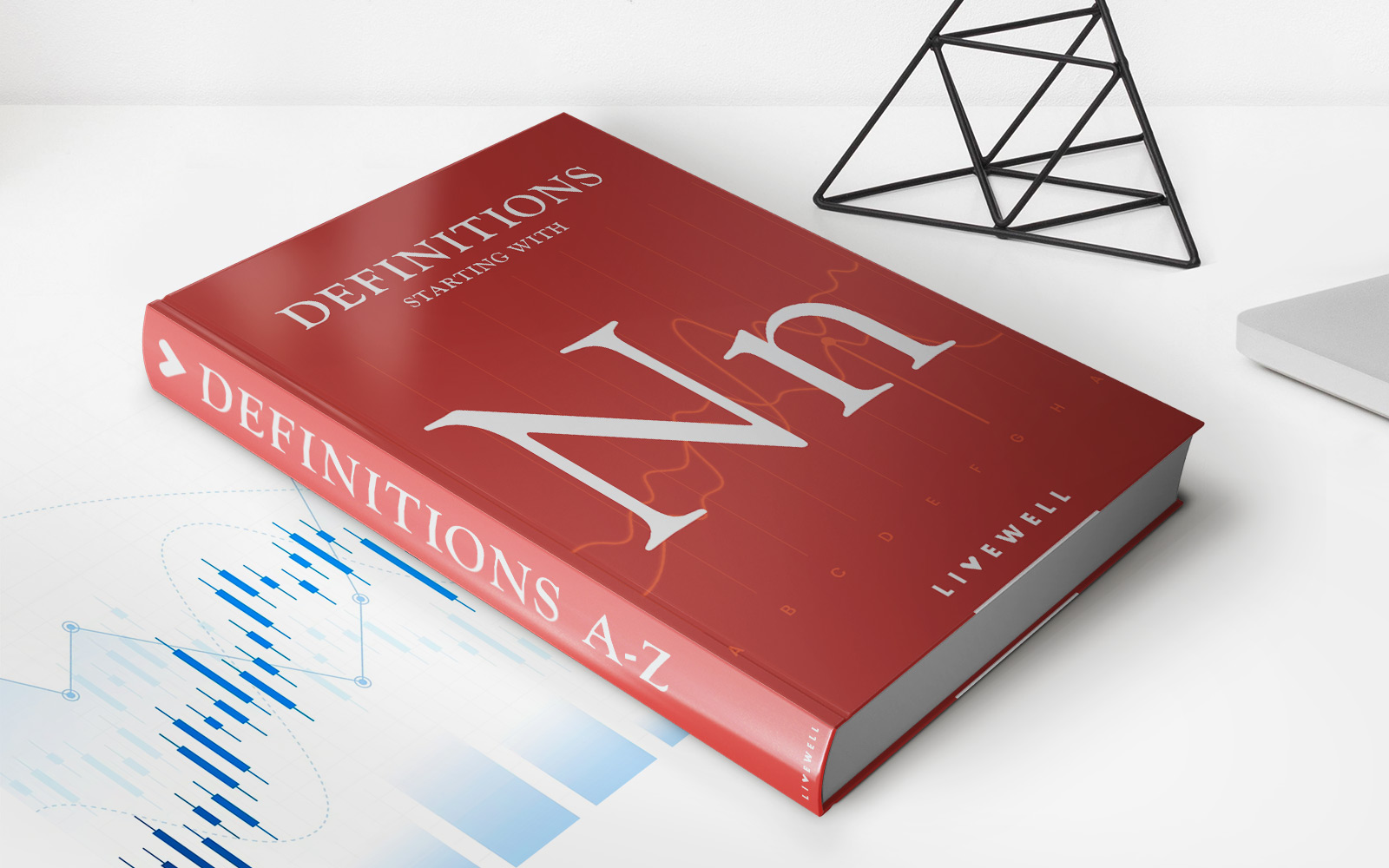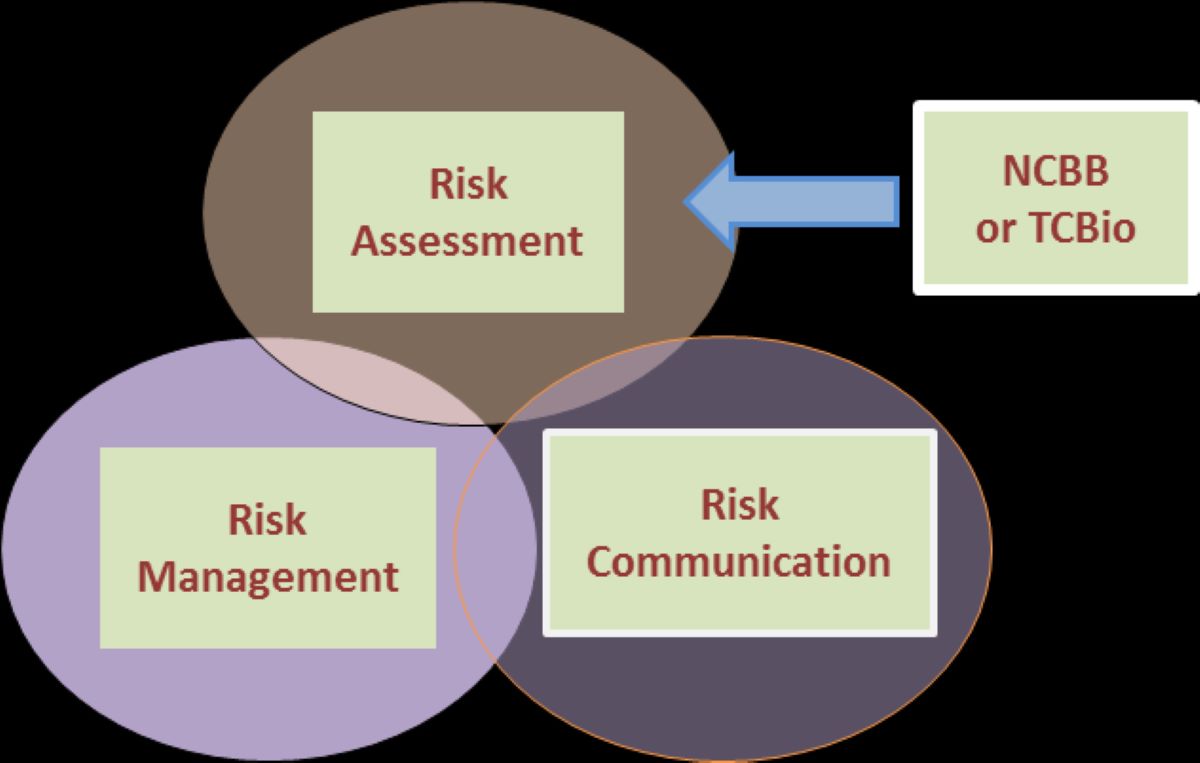Home>Finance>Minimum-Interest Rules: Definition, How It Works, And Example


Finance
Minimum-Interest Rules: Definition, How It Works, And Example
Published: December 25, 2023
Learn the definition, workings, and examples of minimum-interest rules in finance. Find out how this concept applies to various financial situations.
(Many of the links in this article redirect to a specific reviewed product. Your purchase of these products through affiliate links helps to generate commission for LiveWell, at no extra cost. Learn more)
Unlocking the Secrets of Minimum-Interest Rules in Finance
Welcome to the world of finance, where rules and regulations can often seem like a tangled web. But fear not! In this blog post, we’re going to unravel the mysteries of minimum-interest rules and provide you with a clear understanding of how they work and why they matter. So, let’s dive right in!
Key Takeaways:
- Minimum-interest rules are regulations that set a certain level of minimum interest that must be charged on specific types of loans or financial transactions.
- These rules are designed to ensure fairness and prevent abusive lending practices.
Now that we have our key takeaways handy, let’s start by defining minimum-interest rules. Simply put, minimum-interest rules stipulate that a certain amount of interest must be charged on certain financial transactions or loans, regardless of the actual interest rate agreed upon by the parties involved. These rules serve as a safeguard against predatory lending practices and aim to protect borrowers.
So, how do minimum-interest rules work in practice? Let’s consider an example to illustrate their application. Imagine you’re in need of a personal loan, and you approach a lender who offers a very low-interest rate of just 1%. Sounds like a great deal, right? Not so fast! If the minimum-interest rule in your jurisdiction is 5%, the lender must charge you at least 5% interest, despite the agreed-upon rate of 1%. This ensures that borrowers are not taken advantage of by unscrupulous lenders offering unreasonably low-interest rates.
Now, you might be wondering why these rules are necessary. Well, the purpose of minimum-interest rules is twofold. Firstly, they ensure fairness in lending practices by preventing lenders from exploiting borrowers with excessively low-interest rates, which can often hide hidden fees and charges. Secondly, these rules encourage responsible lending practices and help maintain the stability of the financial system by discouraging risky lending behaviors.
Let’s summarize what we’ve learned so far:
- Minimum-interest rules protect borrowers from predatory lending practices.
- They require lenders to charge a certain minimum interest rate, regardless of the agreed-upon rate.
- These rules ensure fairness and prevent hidden charges.
- They promote responsible lending behaviors and maintain financial stability.
As with any financial regulation, it’s important to stay informed about the specific minimum-interest rules in your jurisdiction. Different regions may have different thresholds and requirements, so be sure to consult with a financial advisor or conduct your own research if you’re unsure.
Now that you’re equipped with a basic understanding of minimum-interest rules, you can navigate the world of finance with confidence. Remember, these rules are in place to protect you and ensure a fair lending environment. Knowledge is power, so stay informed and make smart financial decisions.
